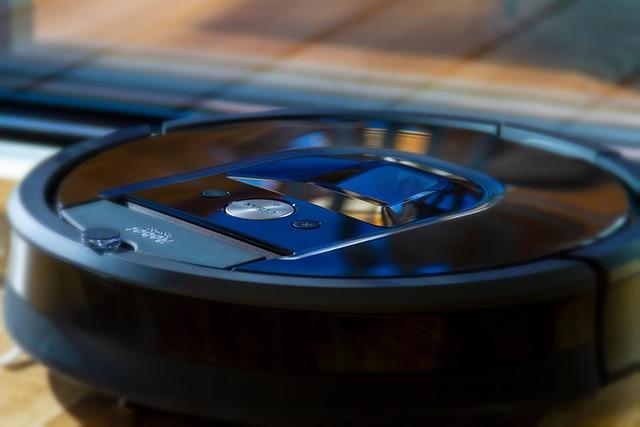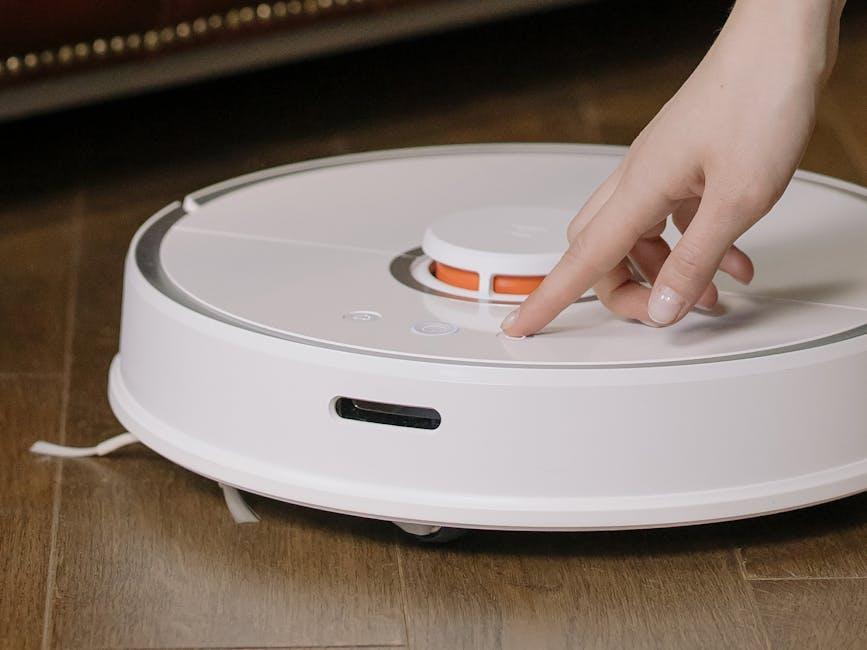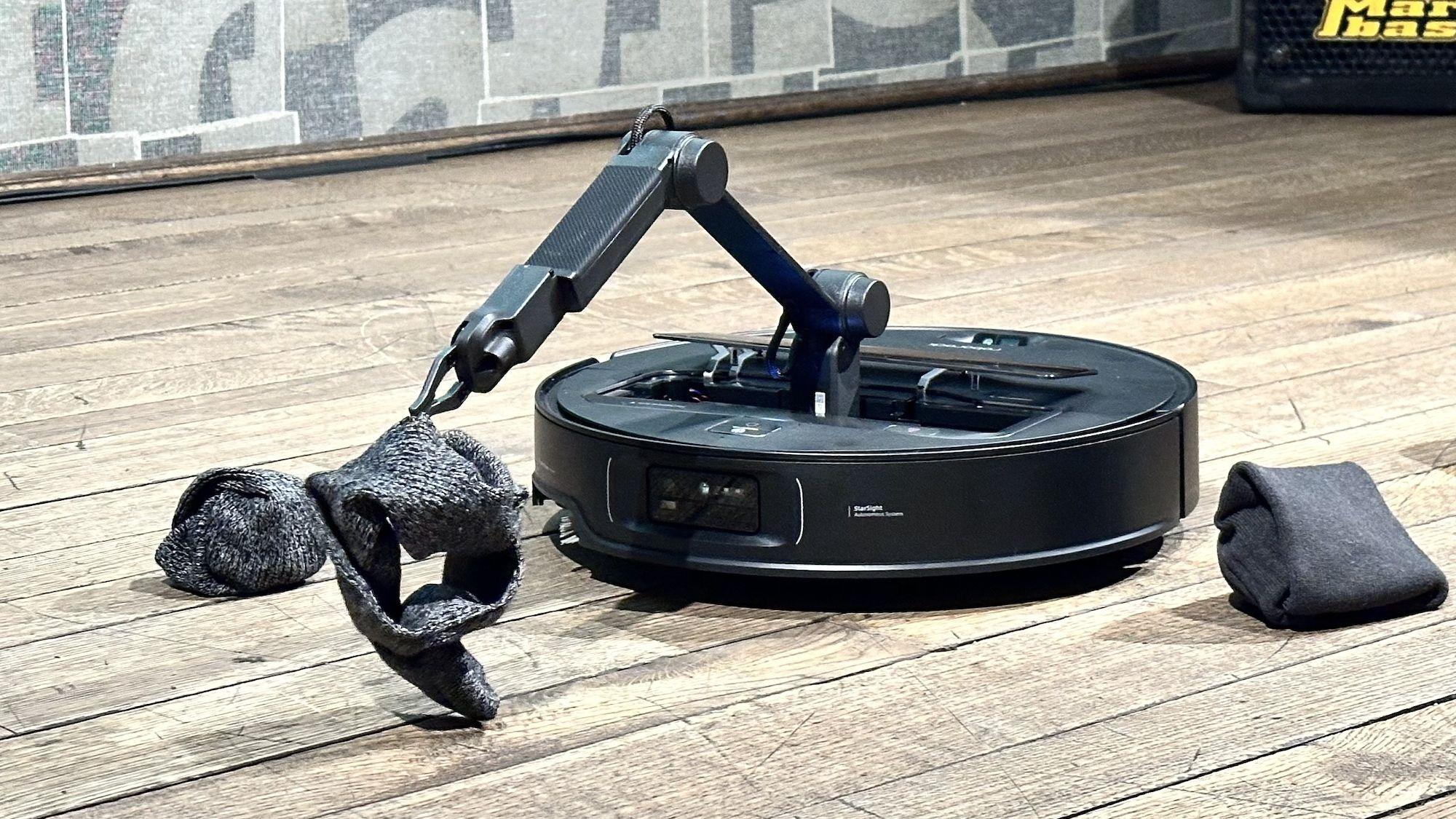In the ever-evolving landscape of home automation, the robot vacuum has emerged as a champion of convenience, tirelessly gliding across our floors while we attend to more pressing matters. But as these automated cleaning marvels proliferate, an intriguing question arises: which one truly understands the intricacies of your home? Enter the “Mapping Accuracy Showdown,” a compelling exploration into the technologically advanced minds of today’s robot vacuums. With an array of models boasting sophisticated mapping algorithms and smart sensors, we delve into the capabilities of these machines to navigate, adapt, and clean effectively. In this article, we’ll compare the floor-mapping prowess of leading contenders in the market, evaluating their ability to create detailed layouts, respond to obstacles, and optimize cleaning efficiency. Join us as we uncover which robotic ally deserves your trust—and your floor space.
Understanding Mapping Technologies in Robot Vacuums
Mapping technologies in robot vacuums are essential for ensuring optimal cleaning efficiency. At their core, these technologies enable a vacuum to create a digital representation of your home, allowing it to navigate effectively and avoid obstacles. Common mapping methods include:
- Laser Scanning: Utilizes lasers to detect distances and create a precise map in real-time.
- Smart Navigation: Combines sensors and algorithms to track paths, making it adaptable to changing environments.
- Visual Mapping: Uses cameras to identify landmarks, helping the vacuum to understand its location and surroundings.
Different robot vacuums employ various mapping strategies, which can significantly affect their overall performance. For instance, models using laser mapping typically offer superior accuracy and can work well in complex layouts. In contrast, those relying primarily on random navigation might struggle in homes with multiple rooms or furniture arrangements. Below is a comparison table showcasing the mapping technologies of popular models:
| Model | Mapping Technology | Cleaning Efficiency |
|---|---|---|
| iRobot Roomba i7+ | Smart Mapping | High |
| Ecovacs Deebot Ozmo T8 | Laser Scanning | Very High |
| Shark IQ Robot | Smart Navigation | Medium |

Comparative Analysis of Floor Mapping Efficiency
When it comes to navigating the labyrinthine layout of modern homes, robot vacuums showcase remarkable advancements in floor mapping technologies. The efficiency of these robots can largely be attributed to their ability to create precise and detailed maps of the interior environment. Laser-based mapping systems, for instance, utilize infrared sensors to scan surroundings, producing highly accurate layouts while simultaneously allowing the vacuum to adapt in real-time to obstacles. On the other hand, camera-based systems rely on visual data to chart pathways, but they may struggle in poorly lit areas where visibility is compromised. As a result, choosing between these approaches can significantly influence the performance of your robotic companion.
To illustrate the differences in floor mapping efficiency among popular robot vacuums, we can look at a comparative evaluation. The table below highlights key features that contribute to their mapping capabilities:
| Robot Vacuum Model | Mapping Type | Room Recognition | Obstacle Avoidance | Battery Efficiency |
|---|---|---|---|---|
| Model A | Laser | Highly Accurate | Advanced | Long Lasting |
| Model B | Camera | Moderate | Standard | Moderate |
| Model C | Hybrid | Highly Accurate | Advanced | Very Long Lasting |
This side-by-side analysis showcases that while laser and hybrid models usually provide superior navigation and mapping efficiency, camera-based systems can serve well in simple environments. Ultimately, the choice of robot vacuum should depend not only on the technological specifications but also on the unique dynamics and layout of each household.

Real-World Performance: How Different Models Navigate Your Space
When it comes to navigating the intricate details of your home, not all robot vacuums are created equal. In this high-stakes mapping accuracy showdown, we’ve gathered various models to analyze how they tackle the challenges of real-world environments. Laser-guided navigation systems tend to excel in larger, open spaces, allowing them to create precise maps of your home. Conversely, camera-based models might struggle with low-light conditions but can shine in complex layouts by leveraging visual cues. Each model’s ability to avoid obstacles, handle floor transitions, and recalibrate after being interrupted plays a crucial role in ensuring an effective clean. Key features that influence performance include:
- Obstacle detection capabilities
- Mapping technology (Lidar vs. camera)
- Floor type adaptability
- Real-time map updates
In our evaluation, we’ve compiled a comparative table highlighting these models based on their navigation performance across various environments. The results reveal which robot vacuums rose to the occasion, delivering seamless operation in everyday scenarios.
| Model | Navigation Method | Performance Rating | Best Use Case |
|---|---|---|---|
| RoboVac X1 | Laser Navigation | 4.5/5 | Open Spaces |
| SmartClean 3000 | Camera-based | 4/5 | Complex Layouts |
| AutoVac A7 | Hybrid (Lidar & Camera) | 4.8/5 | Varied Environments |

Choosing the Right Robot Vacuum for Your Unique Home Layout
When selecting a robot vacuum, it’s crucial to consider how its mapping technology aligns with the specific characteristics of your home. Homes with open floor plans often benefit from models with advanced mapping capabilities, allowing them to navigate large spaces efficiently. In contrast, homes with multiple small rooms or intricate layouts may require vacuums equipped with precision sensors and virtual wall features to prevent getting stuck or lost. Key factors to evaluate include:
- Mapping technology – Look for smart mapping and real-time updates.
- Obstacle detection – Essential for avoiding furniture and other hazards.
- Room recognition – Ideal for targeted cleaning in specific areas.
Additionally, understanding how each robot vacuum interacts with unique flooring types can greatly enhance its performance in your home. For instance, if you have a mix of hardwood and carpets, consider a model with adjustable suction settings to accommodate various surfaces. Here’s a quick comparison of top-rated models based on mapping and performance:
| Model | Mapping Type | Best for |
|---|---|---|
| iRobot Roomba s9+ | Smart Mapping | Open Spaces |
| Ecovacs Deebot Ozmo T8 | Laser Mapping | Complex Layouts |
| Neato D7 | Laser Guidance | Pet Owners |
Concluding Remarks
In the ever-evolving world of smart home technology, the battle for mapping accuracy among robot vacuums has reached new heights. As we’ve explored in this showdown, every brand brings its unique set of innovations to the table, striving to outsmart the competition and deliver an impeccable cleaning experience tailored to your home.
From advanced lasers to sophisticated AI algorithms, it’s clear that manufacturers are prioritizing precision, ensuring their devices not only navigate with finesse but also adapt to the quirks of your floor plan. While some vacuums may shine brighter in certain areas, the best choice ultimately hinges on your specific needs and lifestyle.
As you consider your next cleaning companion, remember that the most advanced features are only as good as their alignment with your expectations. Whether you prioritize mapping accuracy, cleaning efficiency, or user-friendly interfaces, there’s a robot vacuum out there ready to meet your demands. In this landscape of innovation, the perfect fit for your home awaits—so choose wisely, and let your floors bask in the brilliance of modern technology. Happy cleaning!




